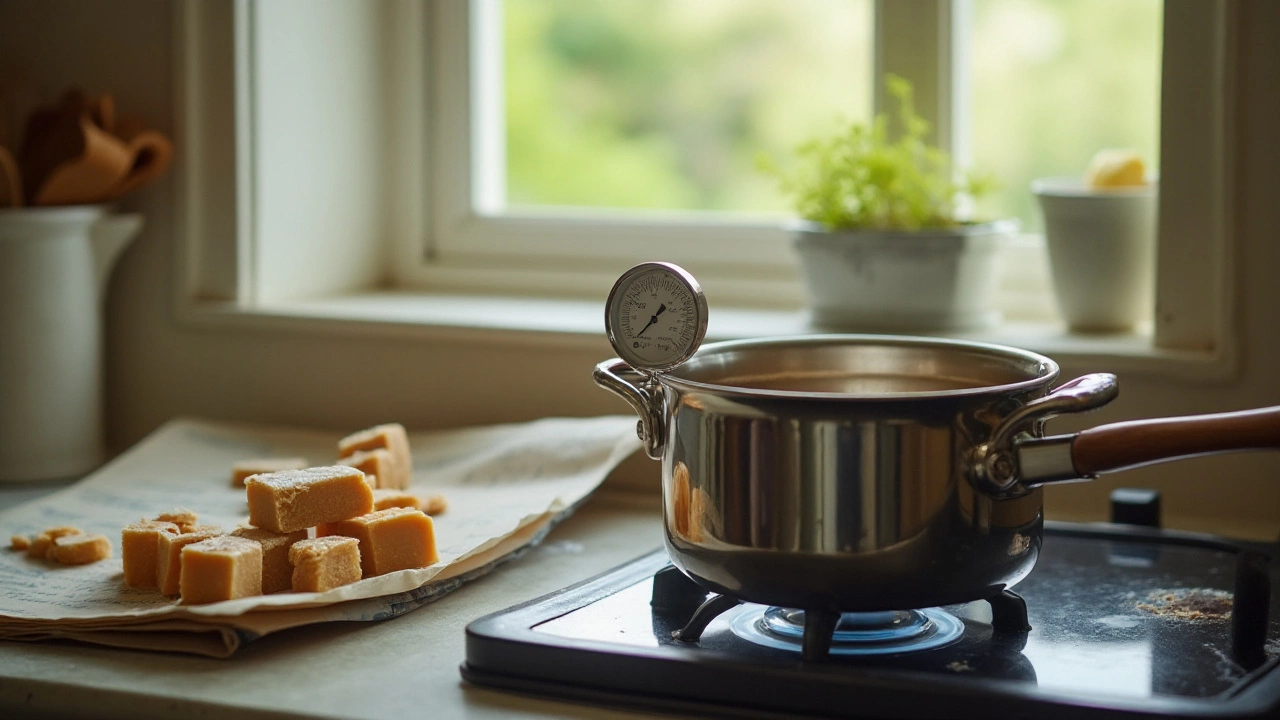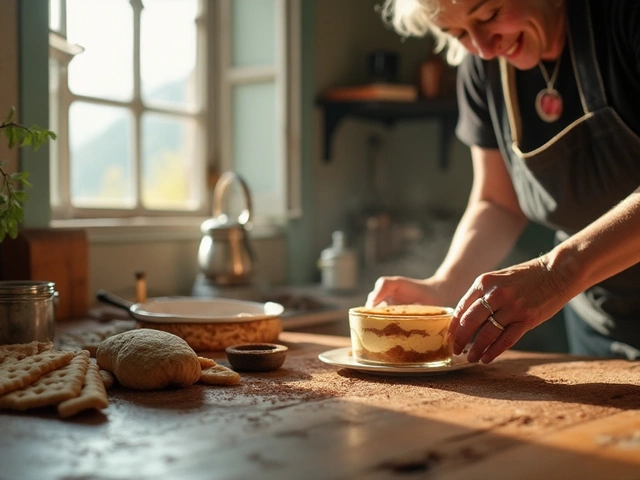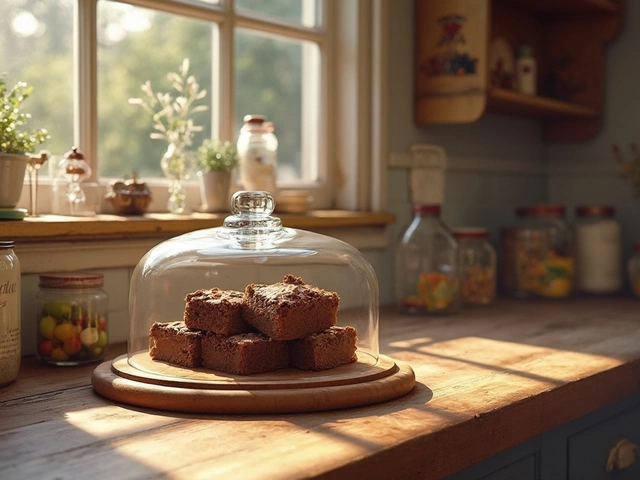Fudge Cooking Temperature: Simple Steps for Perfect Results
If you’ve ever pulled a batch of fudge that turned out too grainy or too soft, the culprit is usually the cooking temperature. Hitting the right heat range lets the sugar crystals form just right, giving you that creamy, melt‑in‑your‑mouth texture you crave.
What Temperature to Aim For
Classic fudge recipes call for a temperature between 112°F and 115°F (44°C‑46°C) for a soft‑set finish. If you prefer a firmer piece that holds its shape on a plate, push it up to 118°F‑120°F (48°C‑49°C). These numbers are measured with a candy thermometer placed in the center of the pot, not touching the bottom.
Why the narrow range? Below 112°F, the sugar won’t crystallize properly, leaving a gummy mess. Above 120°F, the fudge can become chalky because the crystals grow too large.
Tools and Tricks to Nail the Temp
First, invest in a good candy thermometer—digital ones are fast and accurate. Clip it to the side of a heavy‑bottomed saucepan so the bulb is just under the surface of the mixture.
Heat the sugar, butter, and milk (or cream) over medium heat, stirring constantly. Once it reaches a rolling boil, stop stirring and let it climb to the target temperature. When you see the thermometer hit the right number, remove the pot immediately.
Now comes the cooling stage. Let the fudge sit undisturbed until it drops to about 95°F (35°C). This cooling window is where the sugar crystals begin to form. At this point, beat the mixture with a wooden spoon or electric mixer until it thickens and loses its shine. The beating step is crucial—without it, even a perfect temperature can yield a grainy result.
Altitudes above 3,000 feet require a slight tweak: add 1‑2 extra minutes of cooking or increase the target temperature by 2°F‑4°F. The thinner air makes liquids boil faster, so you need a bit more heat to reach the same sugar concentration.
Finally, pour the fudge into a greased pan, smooth the top, and let it cool completely at room temperature. Avoid the fridge unless you’re in a hurry; rapid cooling can cause sugar to crystallize unevenly.
By watching the thermometer, timing the cooling, and beating at the right moment, you’ll get consistent, velvety fudge every time. No more guessing, just pure chocolatey bliss.






